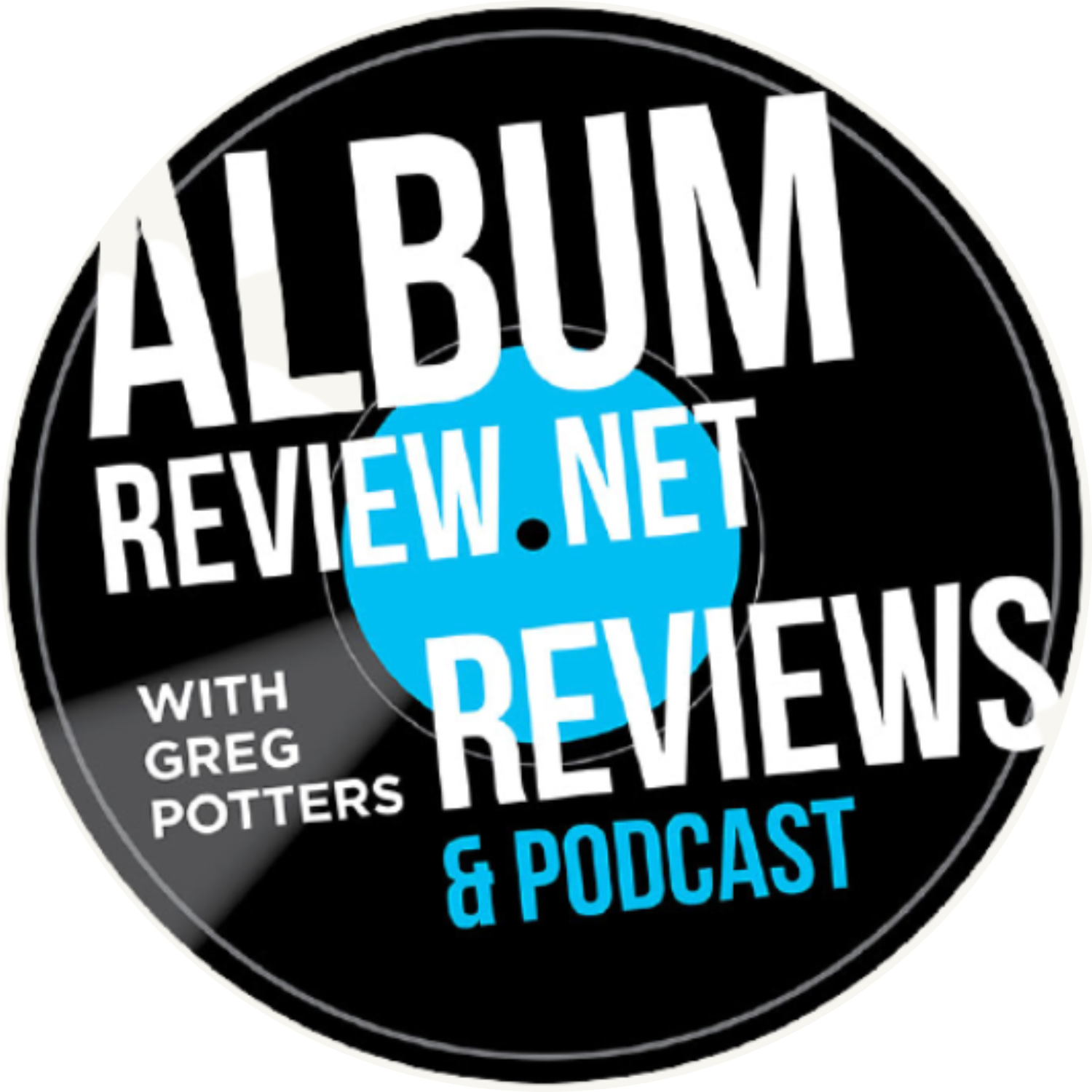Miles Davis - Kind of Blue
No collection would be complete without a review of Miles Davis’, Kind of Blue. Released in August of 1959, this album defines Jazz music. I am convinced you do not need to love Jazz to appreciate this album. I am also convinced you don’t really need to like Jazz to recognize its genius. If you appreciate all genres of music, then you must listen to this.
Recorded on only two separate days in 1959, Kind of Blue features Miles himself along with a dream team of recording jazz artists at the time, and even to this day.
As I began my deeper dive into Jazz music in 2012, when I was gifted a new turntable, I had formed my opinion on who my favorite Jazz musicians were. They included saxophonist John Coltrane, pianist Bill Evans and of course, Miles. To my surprise, or perhaps my naiveite, it wasn’t until my third or fourth spin of this record that I realized both Coltrane and Evans actually play with Miles on this album, further strengthening my claim this is the greatest Jazz album ever recorded.
In addition to this, I stumbled upon Rolling Stone Magazine’s list of the top 500 albums of all time. Kind of Blue sits there at a reputable Number Twelve out of 500. This realization came after I had formed my own opinions. Although Rolling Stone’s list has been disputed by many, I feel they are at least minimally qualified to create one.
Evans and Coltrane went on to have illustrious careers and many would agree did not need Miles Davis to continue their success. Kind of Blue also features drummer Jimmy Cobb, bassist Paul Chambers, saxophonist Julian “Cannonball” Adderley and pianist Wynton Kelly who appeared only on Freddie Freeloader in place of Bill Evans.
This album starts out with the famous track, So What. Jimmy Cobb’s stand-up bass and Evans’ piano begin the song as Miles’ trumpet appears about ninety seconds in. This is where the song begins its rhythm and direction. Each instrument is perfectly placed, not mimicking each other, but creating the smoothest soft beat swing you’ve ever heard.
Freddie Freeloader, the album’s 2nd track contains yet another memorable opening combination note played by Miles, Coltrane and Adderley. The swing beat continues as the drums and bass direct the song is a 12-bar blues rhythm, which for you non musicians means a familiar blues chord progression that always starts typically where it ends. If you are new to playing music, quick advice: if you can learn the 12-bar blues chord progression, you can play it in any key. This chord progression lets you get away with jamming with any musician if you call out you’d like to start a jam in a 12-bar blues. The sextet playing on Kind of Blue have perfected this chord structure of course take it to a new level.
Blue in Green introduces the album’s first “ballad” or slow song to the listener. This song’s rhythm is very slow, almost forcing you to pour another glass of that aged vintage you’ve been storing in your cellar for several months, waiting for the right time to open and enjoy. Coltrane really shines on this track, playing notes that make you want to tilt your head back, close your eyes and let the days worries just melt away.
All Blues, the album’s fourth track is the longest at eleven and a half minutes. Also played in the 12-bar blues progression, All Blues gives you a taste of Miles’ trumpet playing and Coltrane’s sax soloing at their best. Despite the repetition in the rhythm and bass line, this song offers a platform for the group to improvise and solo at the highest level. The song ends quicker than you would think as the soloing takes you on a gentle ride through the clouds.
Flamenco Sketches rounds out the album and offers the second ballad. Very much unlike the rest of the album, which offers a groove one can tap to, this song slows things down. Picture sitting by the fireplace with a glass of vintage scotch; the view out your window is nothing but rows of trees with snow resting on their branches. The sun has almost set on your day and it’s time to relax. Why not listen to a mix of Jazz and blues and forget your troubles.
Kind of Blue is my go-to album when I’m cooking, eating with loved ones or just drinking a glass of wine or whiskey with close friends. It is far and away the best compilation of Jazz recordings I have ever heard. I encourage others out there to digest this album in any possible form. Hopefully you feel compelled to listen to more.
If you are like me and you already own Kind Of Blue, pick up another Miles classic, Miles Davis at the Newport Folk Festival. If you are going to start investing in Miles albums, I highly recommend vinyl. Just a thought.
Pick up some Miles merch and perhaps a retro record player to go with your collection. Welcome to the club!
